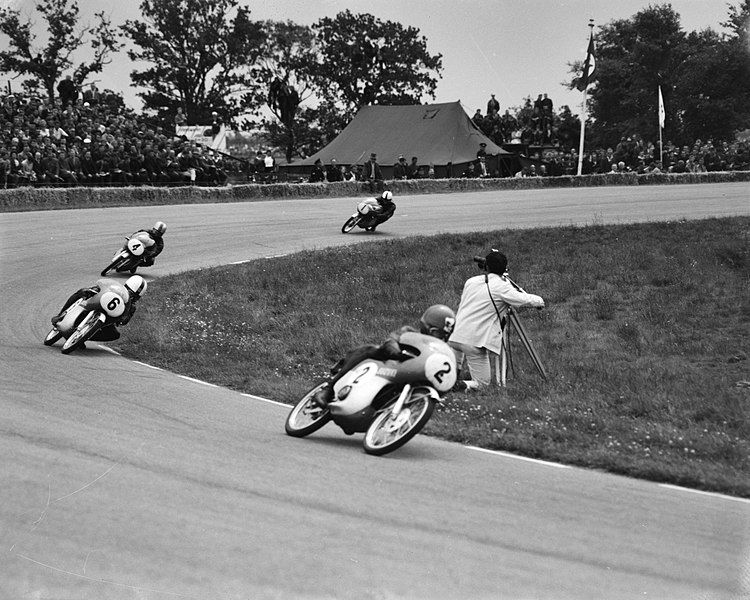The full history of the iconic Indian Chief motorcycle
With three new 2021 Indian Chief models being revealed already this year, Visordown thought we'd take a look at how the model came to be
.jpg?width=1600&aspect_ratio=16:9)
With the unveiling this year of not one, but three all-new Indian Chief models it got us wondering – just what is the significance of the historic 100-year-old Chief model? And why haven’t the new versions got all that ‘flared fender’ and ‘warbonnet’ iconography anymore?
To do just that you really need to know more about the whole history of Indian motorcycles.
Although today, due to its rivalry with compatriots Harley-Davidson, Indian likes to make a big of deal about it being ‘America’s First Motorcycle’, due to the first Indian motorcycle being produced in 1901 while Harley-Davidson was founded in 1903, the truth isn’t quite so clear cut.
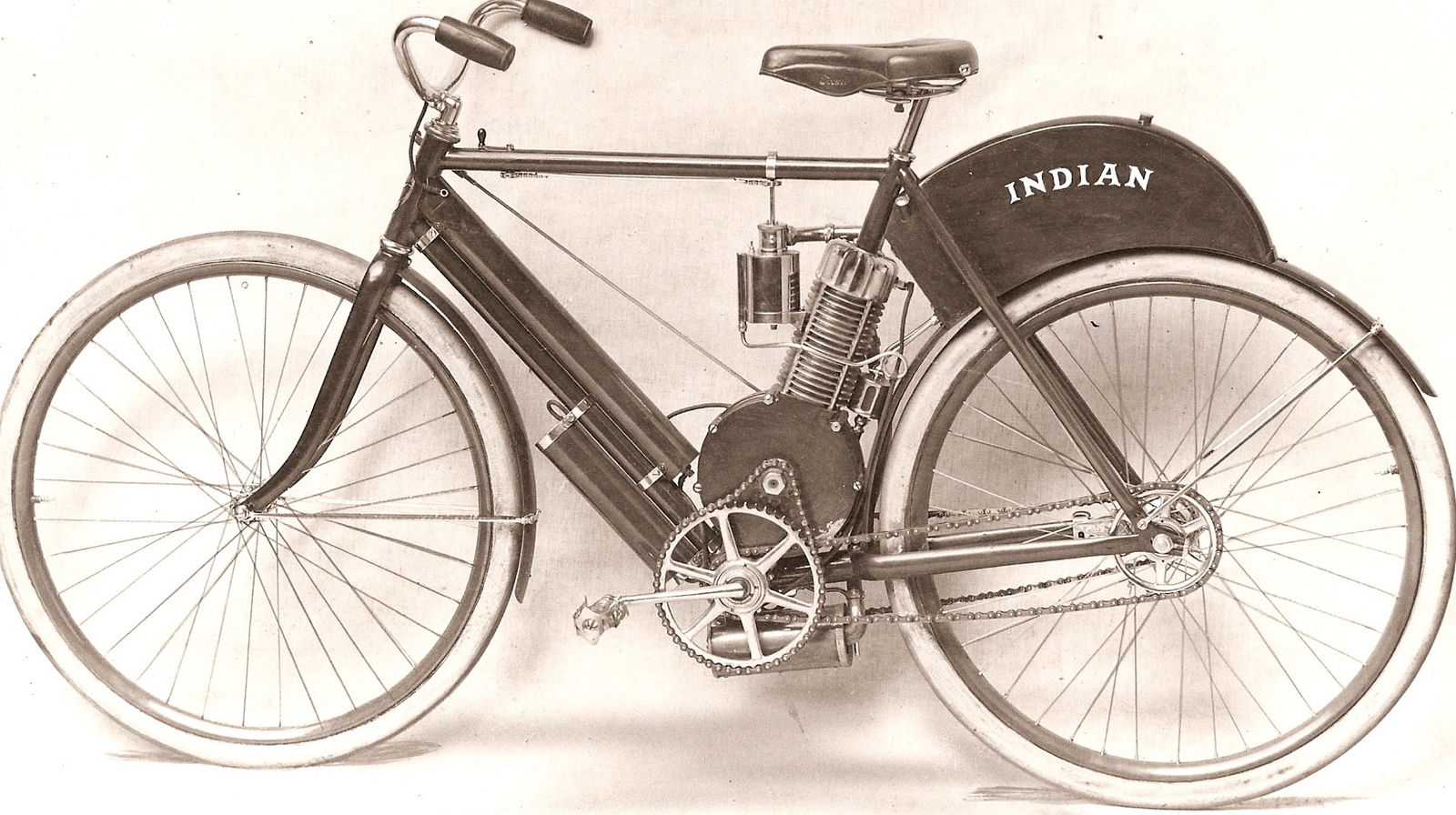
Indian was actually set up as a brand by a bicycle maker, the Hendee Manufacturing Company. In 1901, the same year as the firm set up a new factory in Springfield, Massachusetts, boss George Hendee, who was a passionate bicycle racer, hired Oscar Hedstrom to help develop a powered bicycle capable of pacing bicycle races. After toying with the name ‘American Indian’, ‘Indian’ was settled on and, after a successful prototype, the first two production examples were built that year which were then sold in 1902. In 1903 Hedstrom gained valuable publicity for Indian by setting a then world motorcycle speed record of 56mph. Then, in 1904, the company introduced the deep red livery that would become one of its signature features.
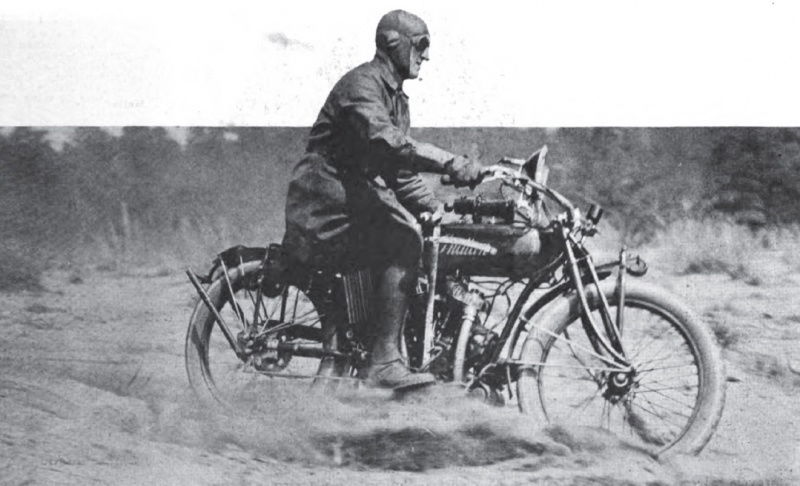
Things then moved quickly. By 1904 Hendee was producing 500 Indians a year, by 1913 this had risen to 32,000 and by 1920 Indian was the US’s largest motorcycle manufacturer.
That first bike in 1901 was a single but in 1905 the first Indian V-twin racer debuted which proved so successful a street version followed in 1907.

Hedstrom left the company in 1913 followed by Hendee himself in 1916 leading to the company being renamed the Indian Motocycle Company (note, no ‘r’) in 1923. By then, however, Indian’s two most iconic models had already entered production. The Scout came first in 1920, intended as a smaller capacity (initially 610cc) V-twin that was both nimble and manageable to attract newcomers – a role continued by revived Indian’s modern Scout today.
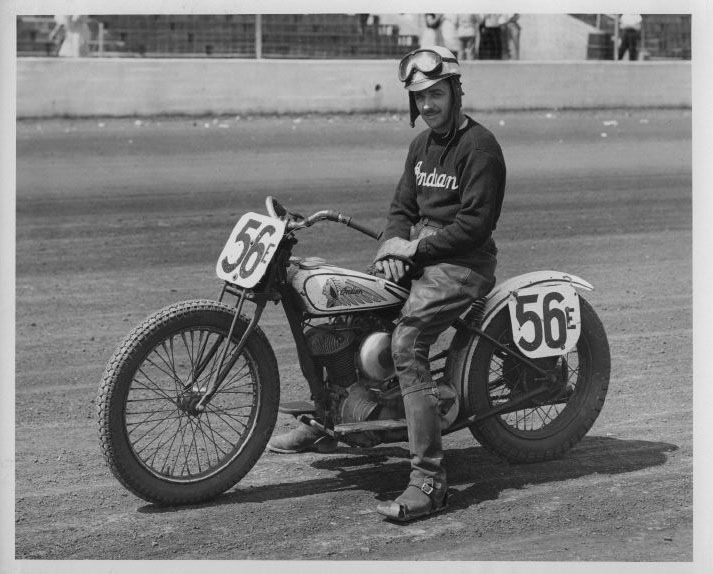
But even more significant was Indian‘s first Chief in 1922. The V-twin Chief, also designed by Charles Franklin, was conceived to be Indian’s ‘big twin’ range-topper and, like the Scout, quickly gained a reputation for strength and reliability. In fact, the Chief’s popularity ensured it remained Indian’s flagship bike right up to the liquidation of the company in 1953 so cementing its significance in Indian’s history. (Indeed, when Indian resumed production after World War II, the only bike it built was the Chief, meaning it was also the last bike built when it closed its doors in 1953.)
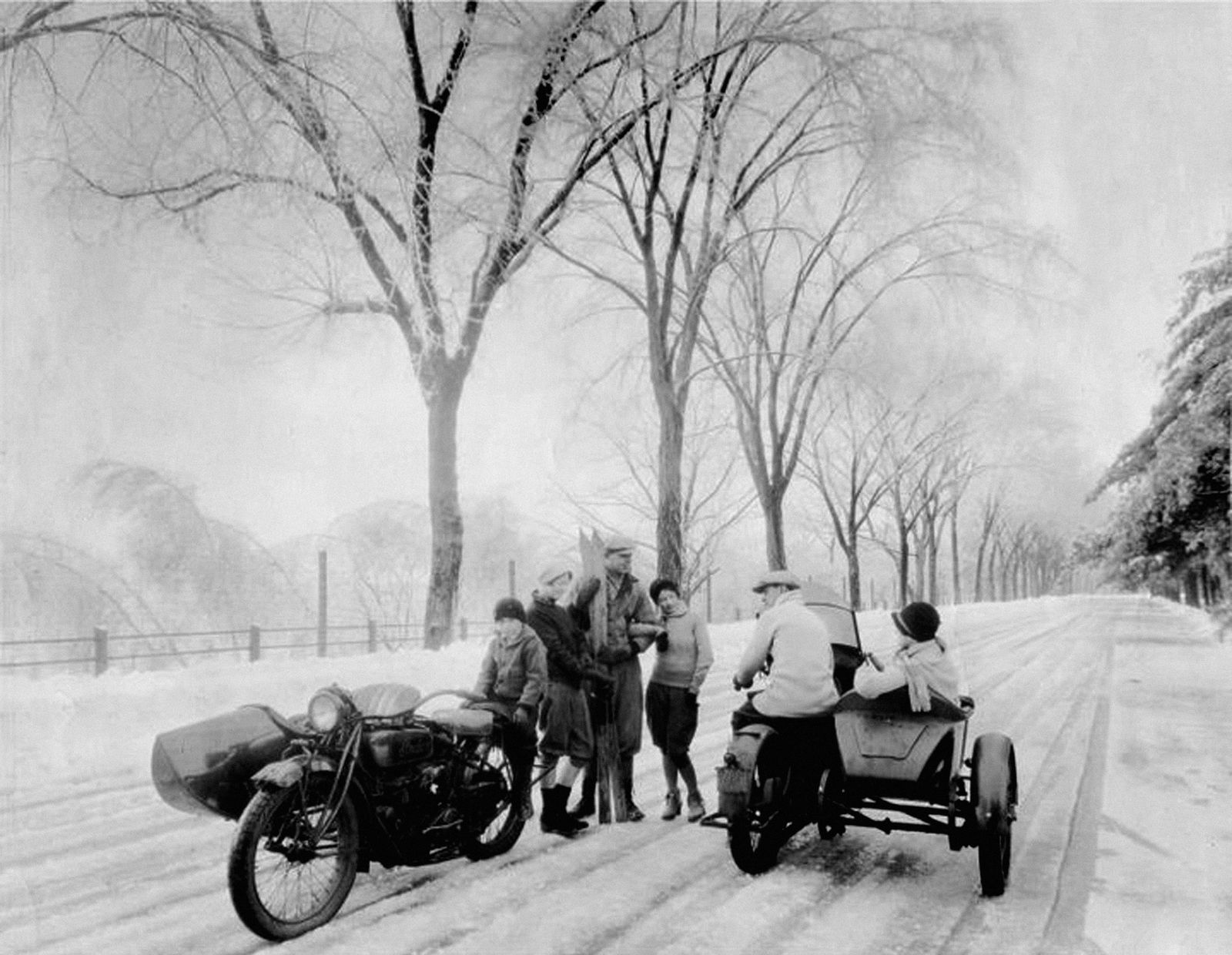
A wide variety of Chiefs were built in-between. The 1922 original replaced a model called the ‘Powerplus’ but retained that bike’s 61ci (1000cc) V-twin. The following year Indian released the imaginatively-named ‘Big Chief’ with a larger 74ci (1200cc) engine which was initially intended for sidecar use but quickly became a best seller as a solo, too.
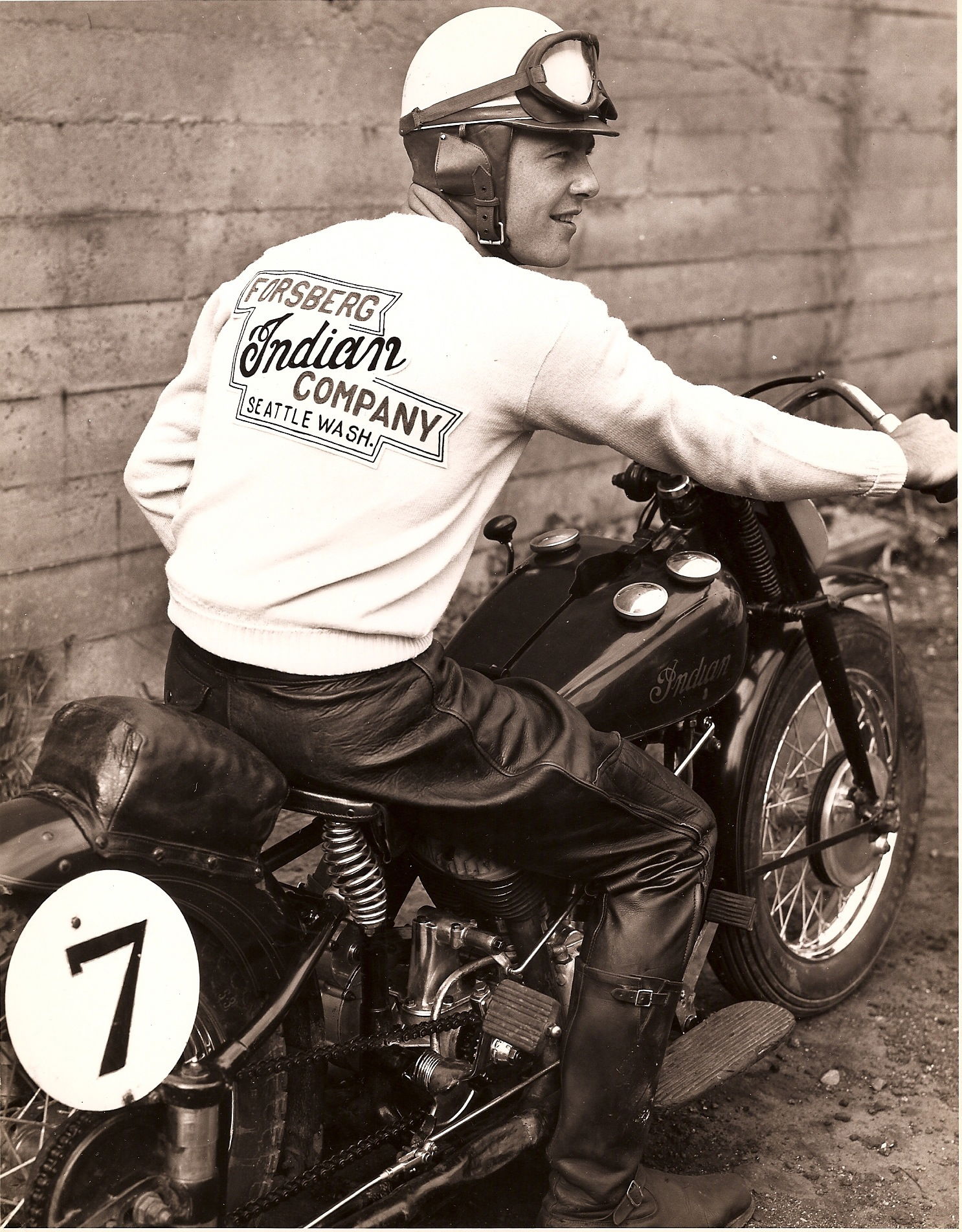
The smaller Chief was discontinued in 1928 then, in 1930, Indian merged with DuPont, whose paint industry connections led to wide variety of colour options which Indian became famous for throughout the decade. The American Depression hit Indian hard but the company survived and its flagship Chief, now featuring its famous ‘Warbonnet’ logo on the tank, pioneering front brake as introduced in 1928 and striking colours, stood out for their style and rugged performance.
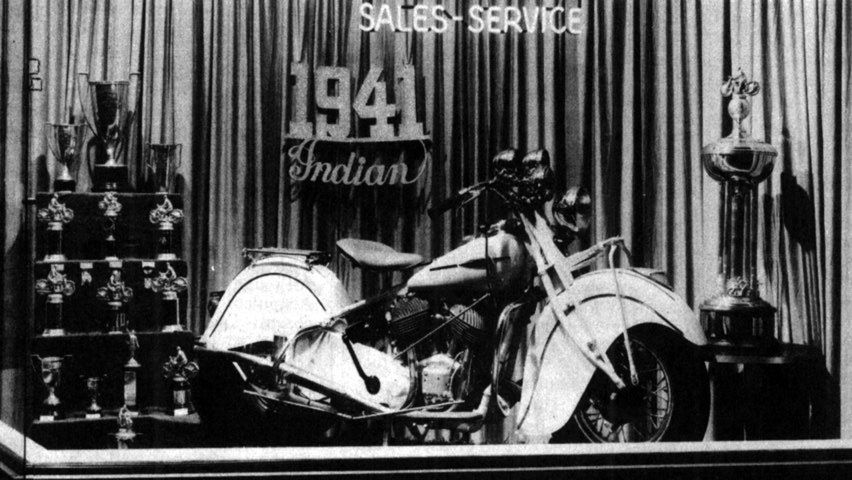
In 1940 another Indian Chief motif was introduced, the large-skirted or ‘flared’ fenders (mudguards) – although these were initially only used up to 1942. While the Chief also gained a sprung frame that delivered a far superior ride to its Harley rival. As a result, by the time America entered WWII, Harley may have become America’s biggest seller, but Indian – and the Chief in particular – stood out as great-looking, reliable and luxurious tourers.

History proves it wasn’t enough. The war years were again hard on Indian as Harley’s WLA 750 became the bike most used by the American military and in 1945 Indian was taken over once again.
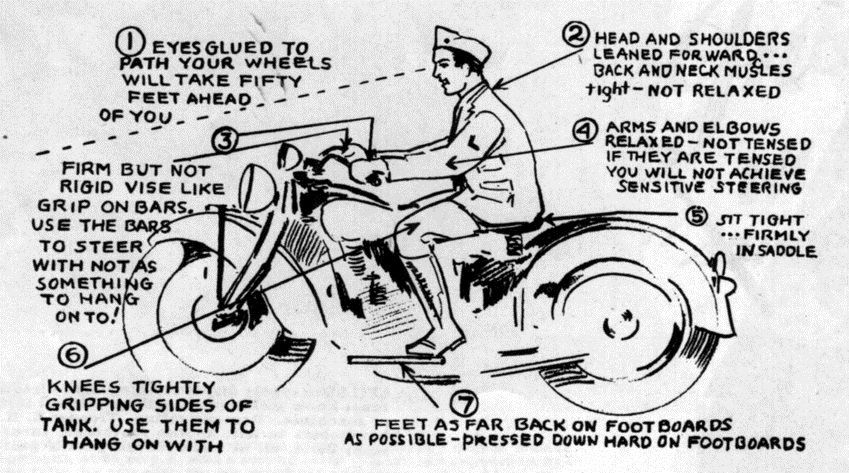
When peacetime production resumed, just one model, the Chief, survived, again wearing the flared fenders. It wasn’t all bad news, however. In 1947 the Chief also debuted the illuminated warbonnet fender mascot, while the late 1940s also saw the formation of the now legendary Indian motorcycle ‘Wrecking Crew’ factory racing team which, in the late 1940s and early 1950s, dominated American racing.
But with Harley ruling on the street and American buyers turning increasingly to cars, Indian was in trouble. In 1949 the Chief was (briefly) discontinued as Indian instead explored commuter lightweights, which proved unreliable as they were rushed to market.

The Chief returned, now with telescopic forks, in 1950, soon after the company again changed hands but the struggles continued and in 1952 production was wound down. The last bikes, Chiefs, were built in 1953, mostly from remaining parts, after which Indian was liquidated.
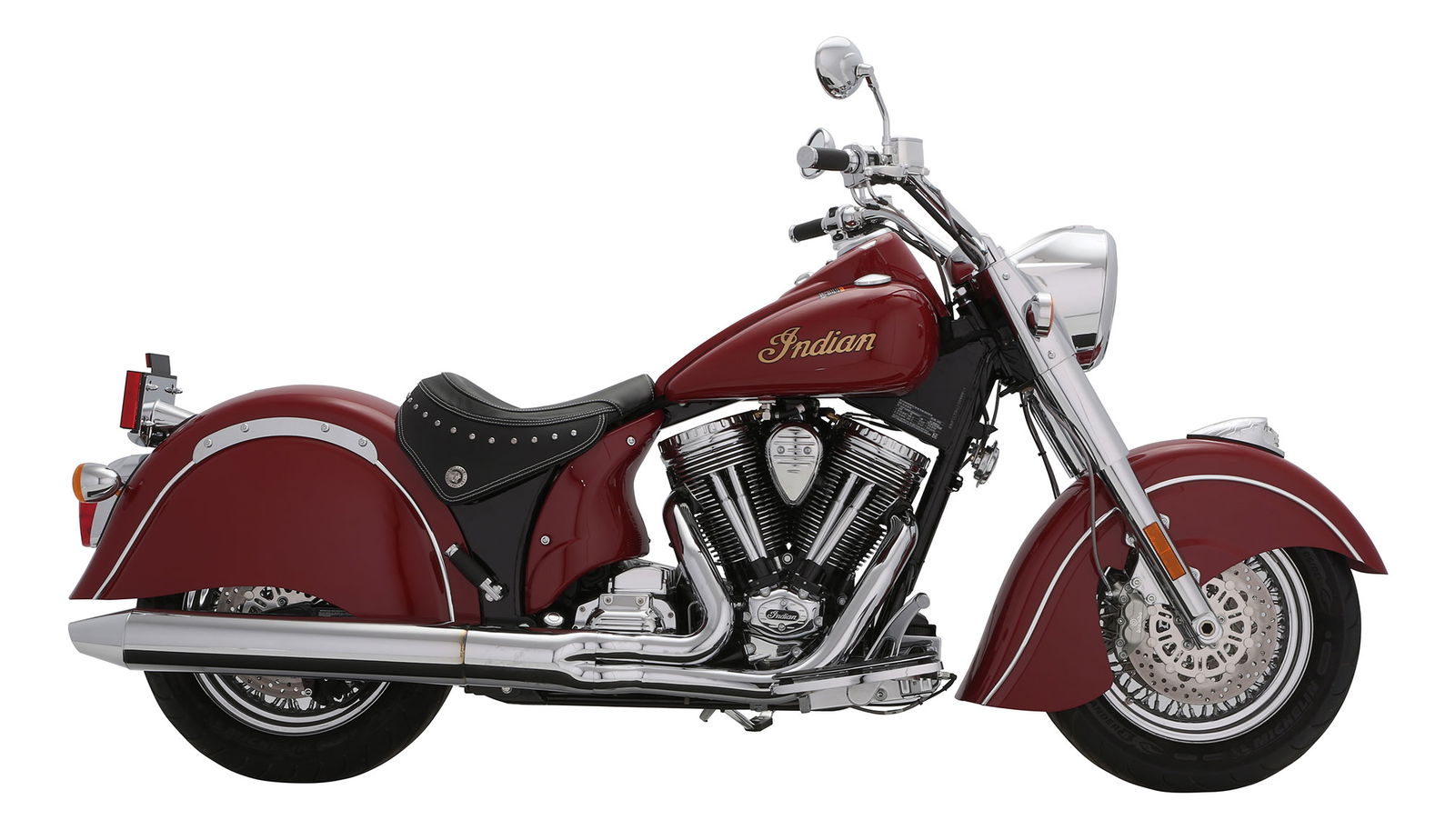
Over the next 58 years ownership of the Indian brand and attempts to revive motorcycle production varied with all ultimately failing until, in 2011, it was bought by Polaris Industries, parent of Victory Motorcycles.
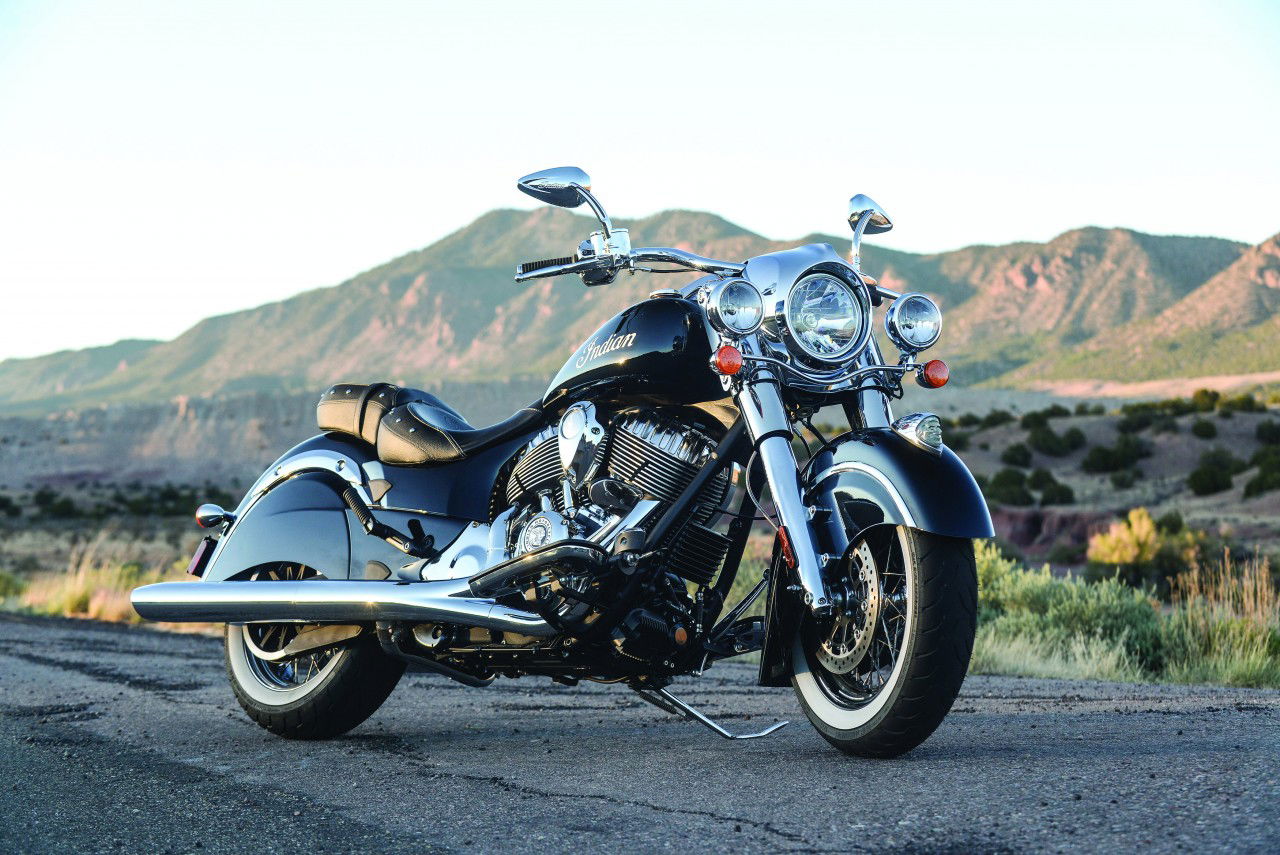
A revived Indian concern unveiled its first all-new, big V-twins in August 2013, among them the Chief Classic and Chief Vintage, complete with flared fenders, deep red paint and illuminated warbonnet mascot.

And now, the new 2021 Chiefs have moved on from this retro imagery in a bid to deliver cleaner, more pared-down cruiser style that’s easier to accessorise and customize and hopefully appeal to more modern buyers.
But then, as a look through history reveals, the flared fenders, warbonnets and ‘whathaveyou’ were never used by the Chief for very long in the first place…

